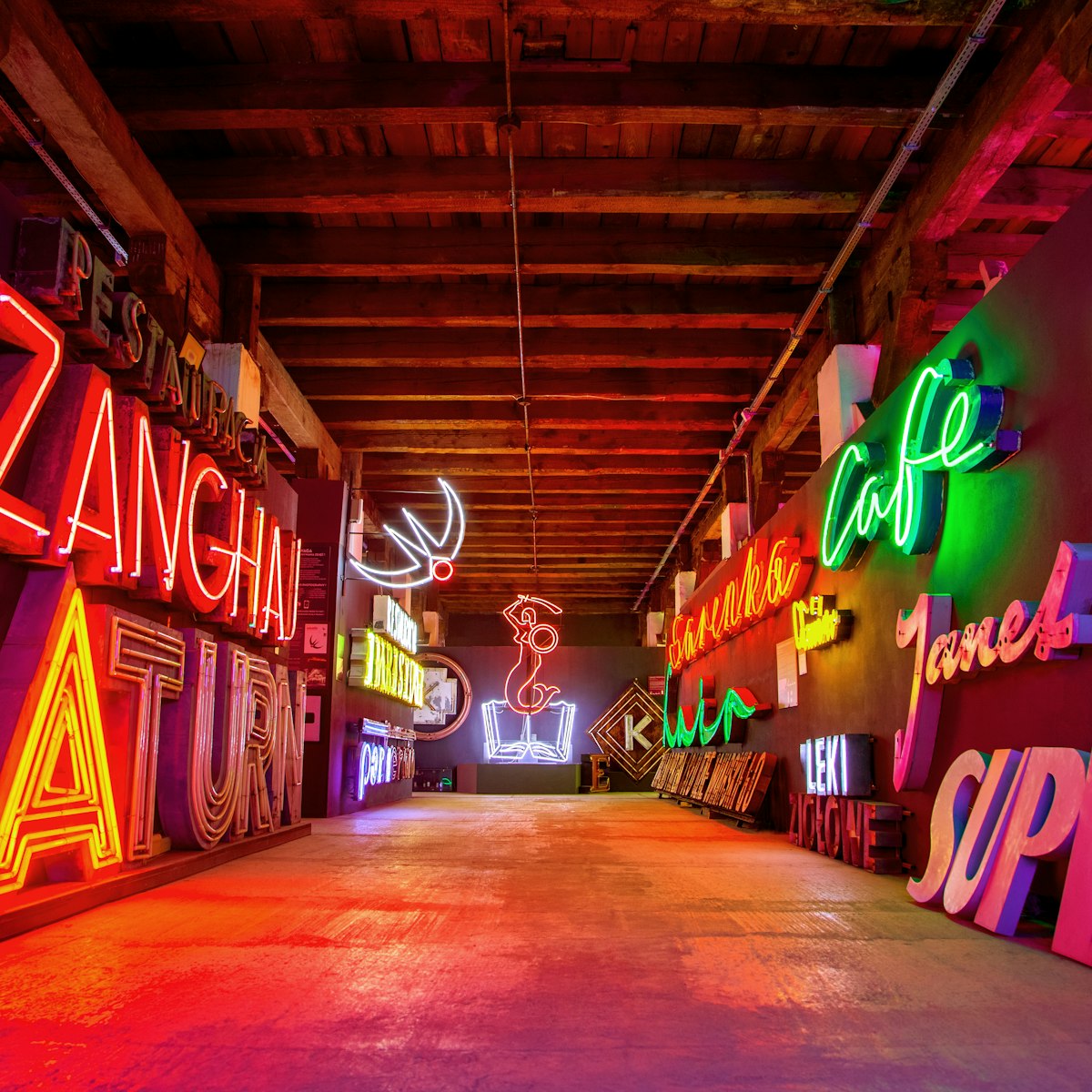Popularly known as the Puszcza Kampinoska, Kampinos begins just outside Warsaw’s northwestern administrative boundary and stretches west for about 40km. It’s one of the largest national parks in Poland, with around three-quarters of its area covered by forest, mainly pine and oak. Kampinos is popular with Warsaw's hikers and cyclists, who take advantage of its 300km of marked walking and cycling trails.
If you plan on exploring the park, buy a copy of the Compass Kampinoski Park Narodowy map (scale 1:30,000), available from bookshops in Warsaw or in app form at www.compass.krakow.pl.
The park includes Europe’s largest area of inland sand dunes, mostly tree-covered and up to 30m high; it’s a strange feeling to have sand between your toes so far from the sea. Other parts of the park are barely accessible peat bogs that shelter much of its animal life.
The eastern part of the park, closer to the city, is favoured by walkers as it’s accessible by public transport; the western part is less visited. As well as half- and one-day hikes, there are two long trails that traverse the entire length of the park, both starting from Dziekanów Leśny on the eastern edge of the park. The red trail (54km) ends in Brochów, and the green one (51km) in Żelazowa Wola.
Bivouac sites designated for camping are the only accommodation options within the park’s boundaries, but there are hotels close by in Czosnów, Laski, Leszno, Tułowice and Zaborów.
The most popular jumping-off point for walks in the eastern part of the park is the village of Truskaw. To get there from central Warsaw, take the metro to its northern end at Młociny, then catch city bus 708 (two or three an hour on weekdays, hourly on Saturday).
Motobuss (www.motobuss.eu) runs buses between central Warsaw and Sochaczew that stop in Kampinos (9zł, two hours, 12 daily). Buses depart from a stop adjacent to the Wars Sawa Junior mall, near the intersection with ul Złota.







